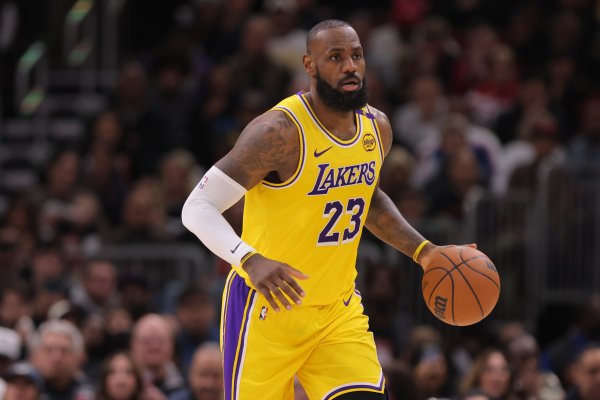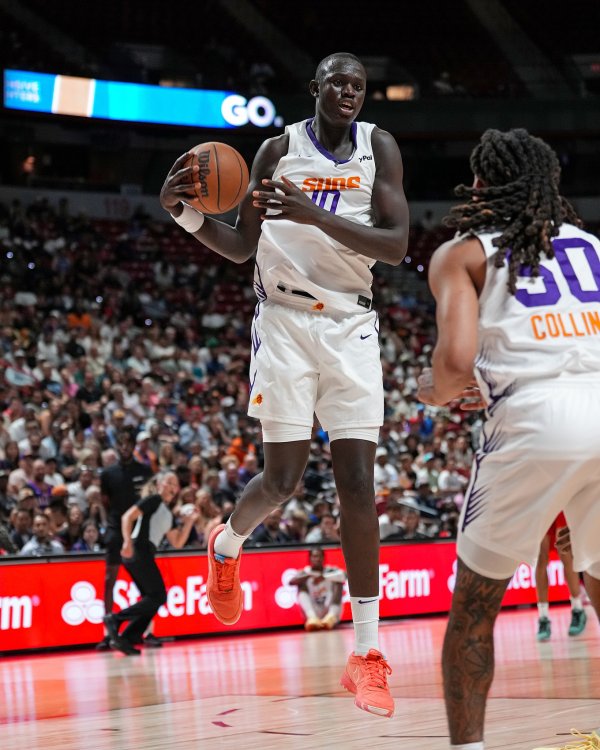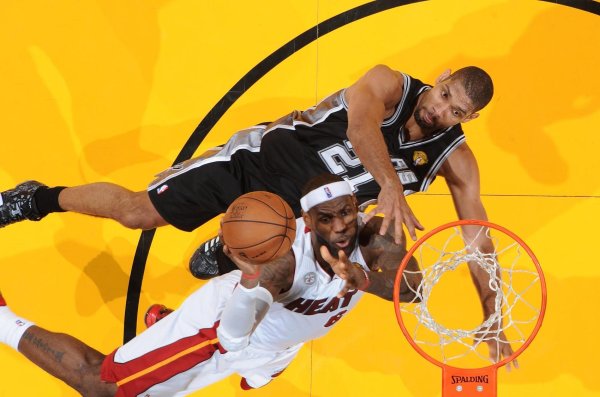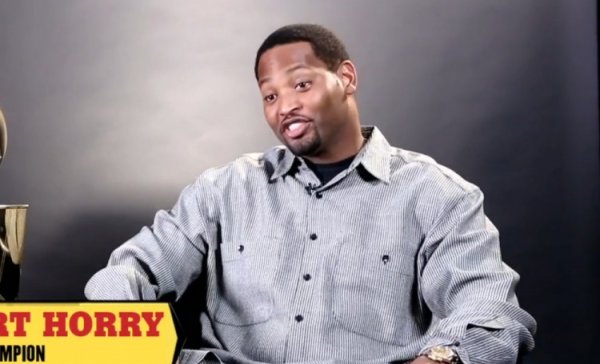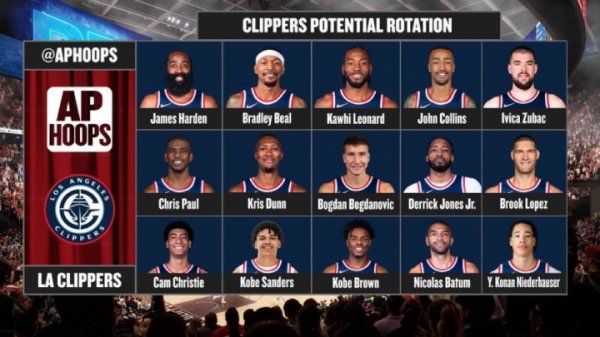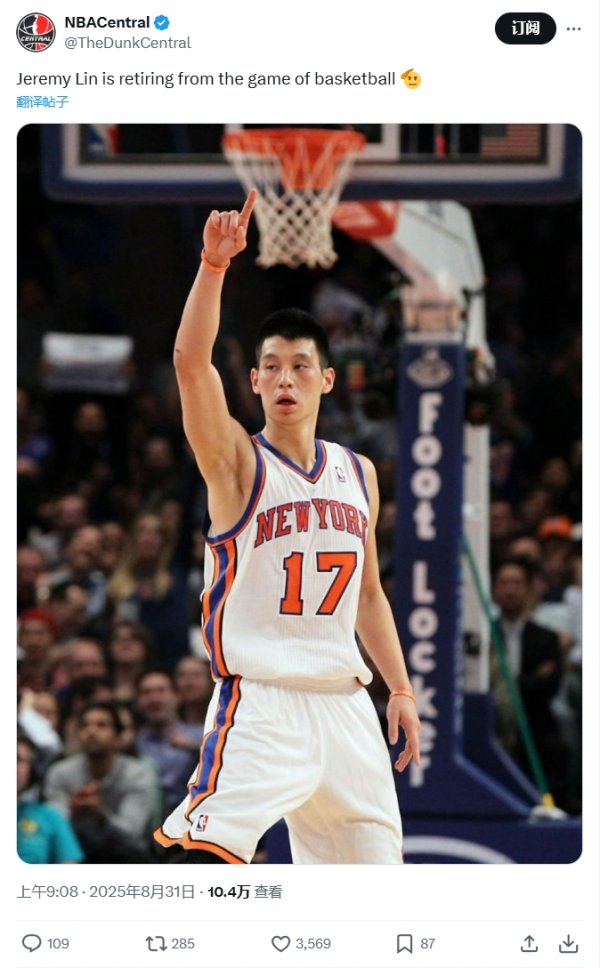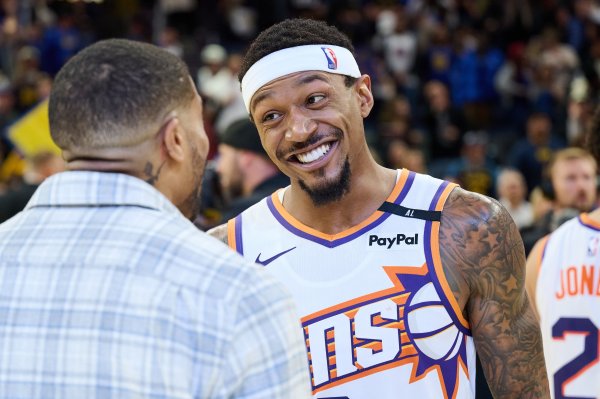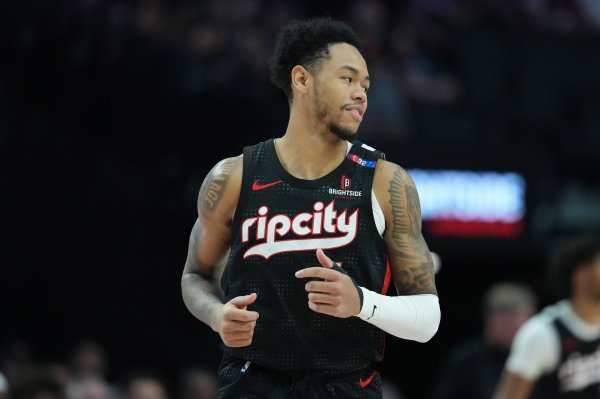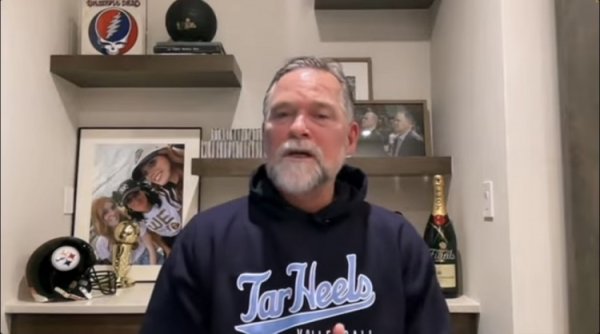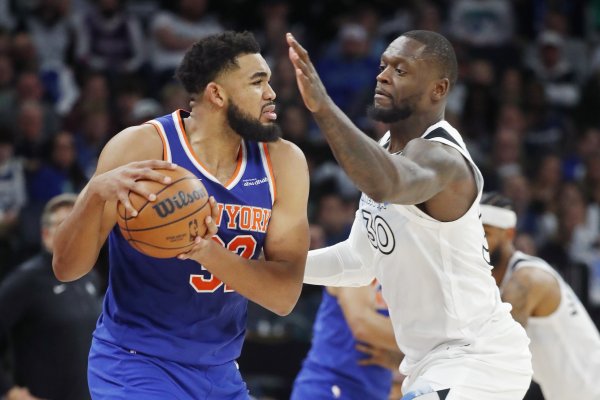The finals team reflects the success of the Warriors dynasty: Defence, depth and youth become key
The two teams participating in the NBA Finals are not directly inherited from the Golden State Warriors during the dynasty, although they have some similarities to the Warriors' top-notch state in the past.
Western Conference champion Oklahoma City Thunder have perhaps the most threatening defense in the NBA since the Warriors' three-time championship in four years. Eastern Conference champion Indiana Pacers have the league's most dynamic offense, just like the Warriors during the championship, whose offense is based on a fusion of rhythm, ball transfer and player running like calligraphy and painting.
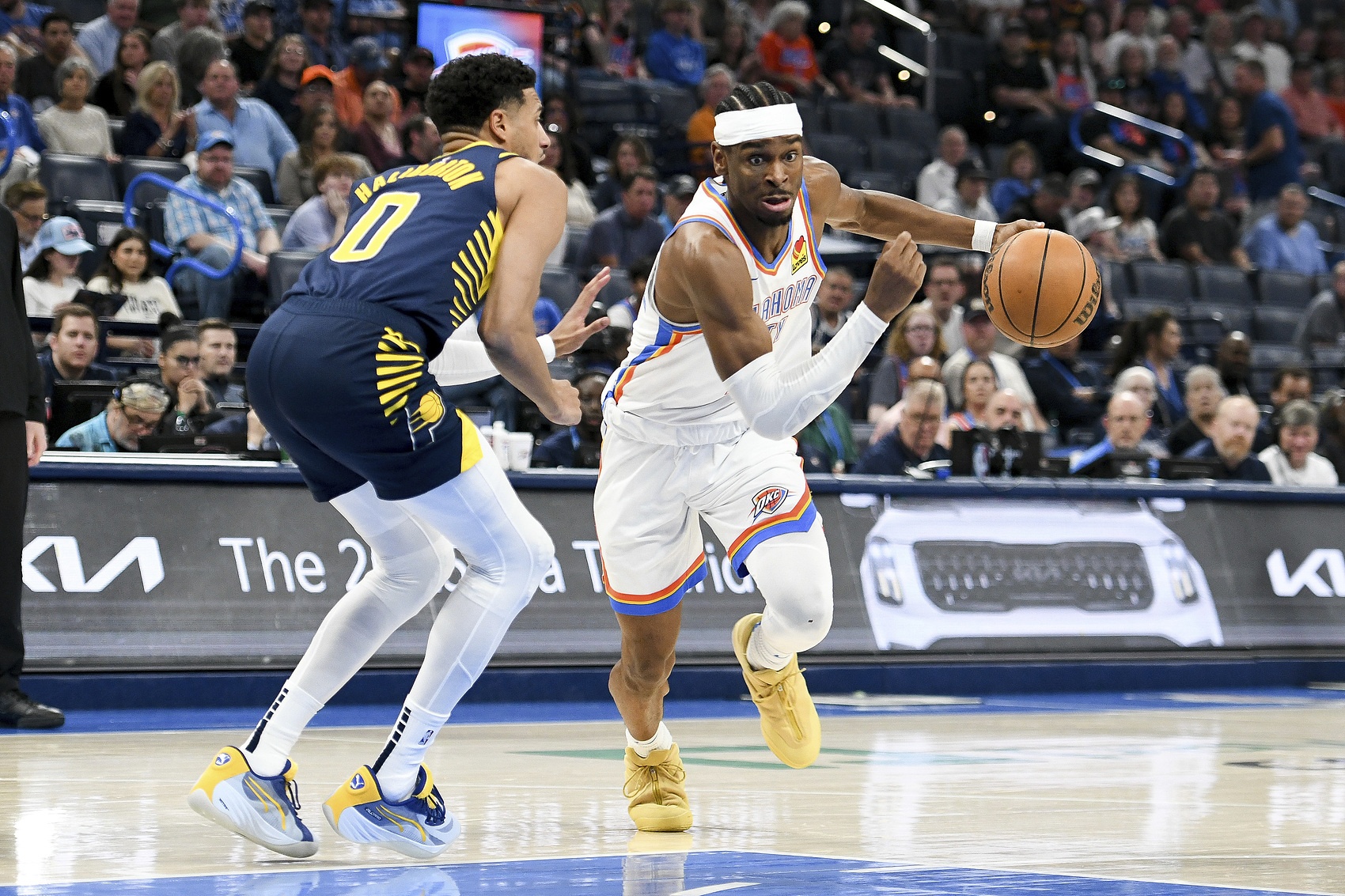
Although the Warriors are now missing the finals, there are still some traits that echo the best team in the league, which are destined to determine the ownership of the NBA championship. Of course, the Thunder and Pacers have superstar talents - the Thunder have the new MVP and scoring champion Shea Gilgers Alexander, as well as the new star with good offense and defense, Jaylen Williams, who was selected for the NBA All-Squad; the Pacers are led by passing master Tyres Halliburton, who was selected for the NBA All-Squad, and NBA championship wing Pascal Siakam - and they all have championship-level chemistry.
Let's take a look at the Thunder and Pacers' journey to the championship and their crucial traits in the future:

Ball holders' defense
Help the Thunder play the best NBA defense in the regular season (106.6 points per 100 rounds) and playoffs (104.7 points per 100 rounds) is their staffing and tendency to target the ball holders' defense. Lu Dott, selected for the first-team defense, is one of the NBA's best players at interfering with ball-holding scoring wings, blending experience with football player-like strength. The same is true for Alex Caruso, who is also a defender.
Carson Wallace and Caruso appeared from the bench together to harass the ball-holder and add another member to the Thunder's outside pressure echelon. Jaylen Williams is a solid best defensive second-team wing player, while Alexander can effectively defend his position. Aaron Wiggins came on the bench as a substitute and had the advantage of counterattacking and was competent for wing defense.
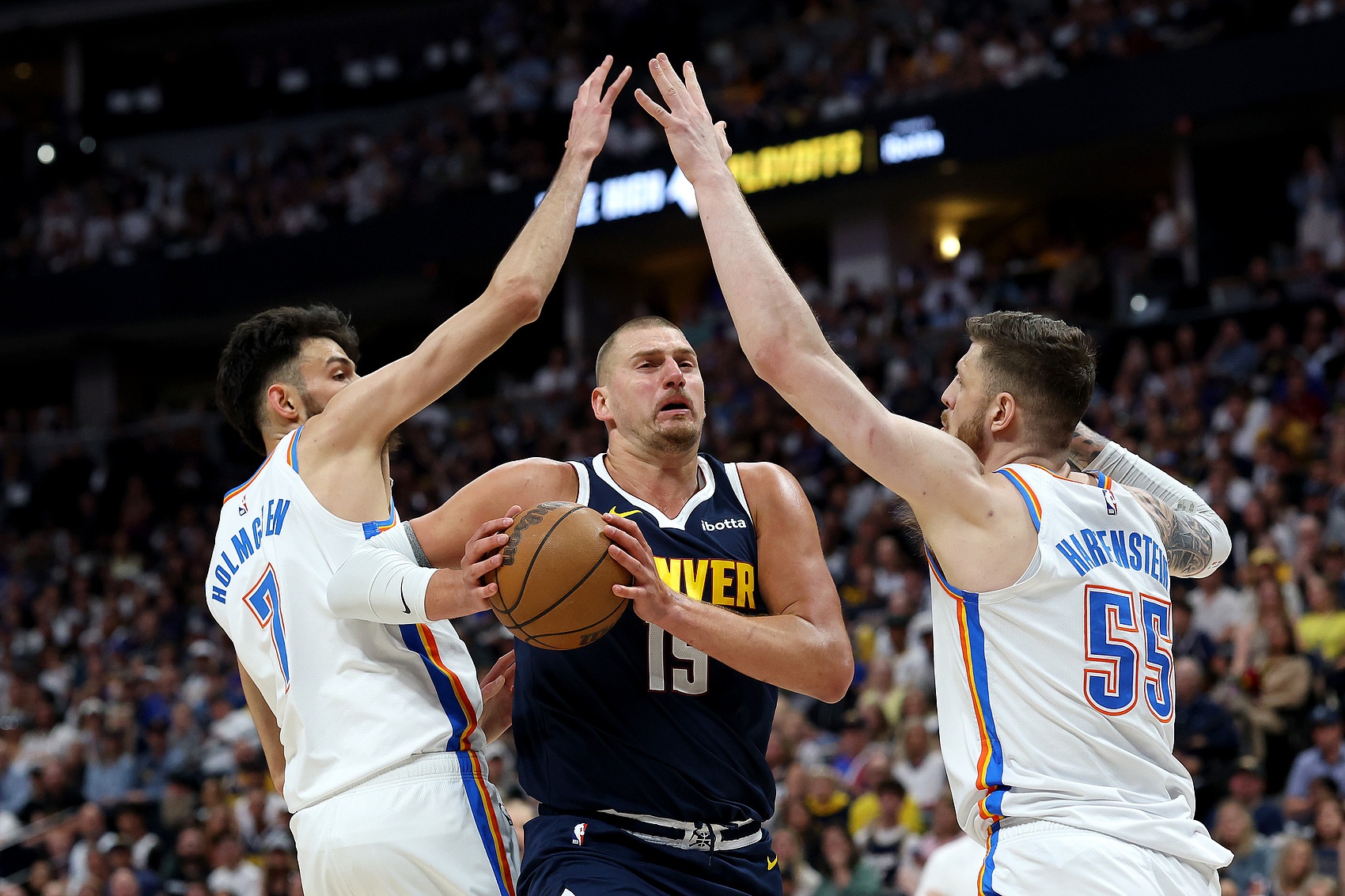
Once you break through the Thunder's first line of defense, what's waiting for you is blocked inside player Chet Homgren, who has the flexibility to switch defenses in certain situations, as well as the wingspan that supports him to assist in defense and protect the penalty area. Another inside player, Isaiah Haltenstein, partnered with Homgren, to protect the rebounds.
For the Pacers, who are not as strong as the Thunder on the defensive end - although no team can match the Thunder in this regard - Andrew Nemhard defends the ball holder with strength, speed and ball quotient, while Aaron Nesmith demonstrates his wingspan advantage when facing the main scorer on the wing. Ben Shepard, a wing player on the bench, will also undertake more difficult defensive tasks. Siakam is strong and capable of switching, while Halliburton, like Alexander, has a height advantage over the starting point guard at the league average.
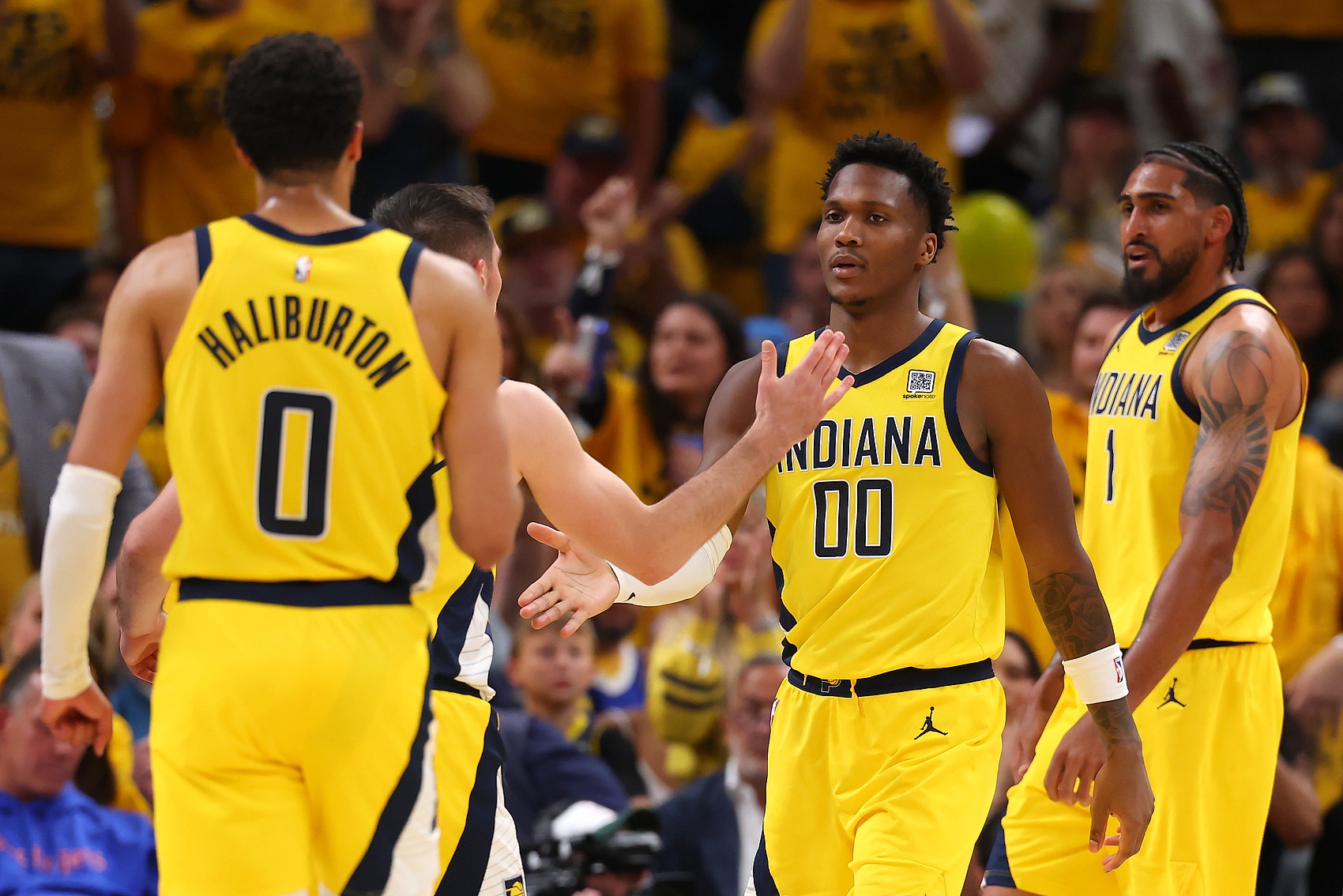
Bennedict Matherin has a wingspan on the wing, while Obie Topin is full of explosiveness in the frontcourt. Substitute point guard TJ McConaughey is strong and fast. Inside barrier Miles Turner is in the penalty area and has long been one of the top blockers in the NBA.
Although the Warriors have the league's top defensive efficiency after getting Jimmy Butler and consolidating the team's assisted defense, the problem of breaking the ball with the ball still exists in the playoffs - a problem that has also been exacerbated by Stephen Curry's left hamstring strain. When he won the championship, the Warriors had Andre Iguodala, Clay Thompson, Kevin Durant and Sean Livingston, and later Andrew Wiggins came to interfere with the opponent's wing and fought with Draymond Green.
By height and athleticism in various positions, as well as consolidating their perimeter defense through player progress, free agent market, NBA draft or trade, these are crucial to the Warriors' future development.
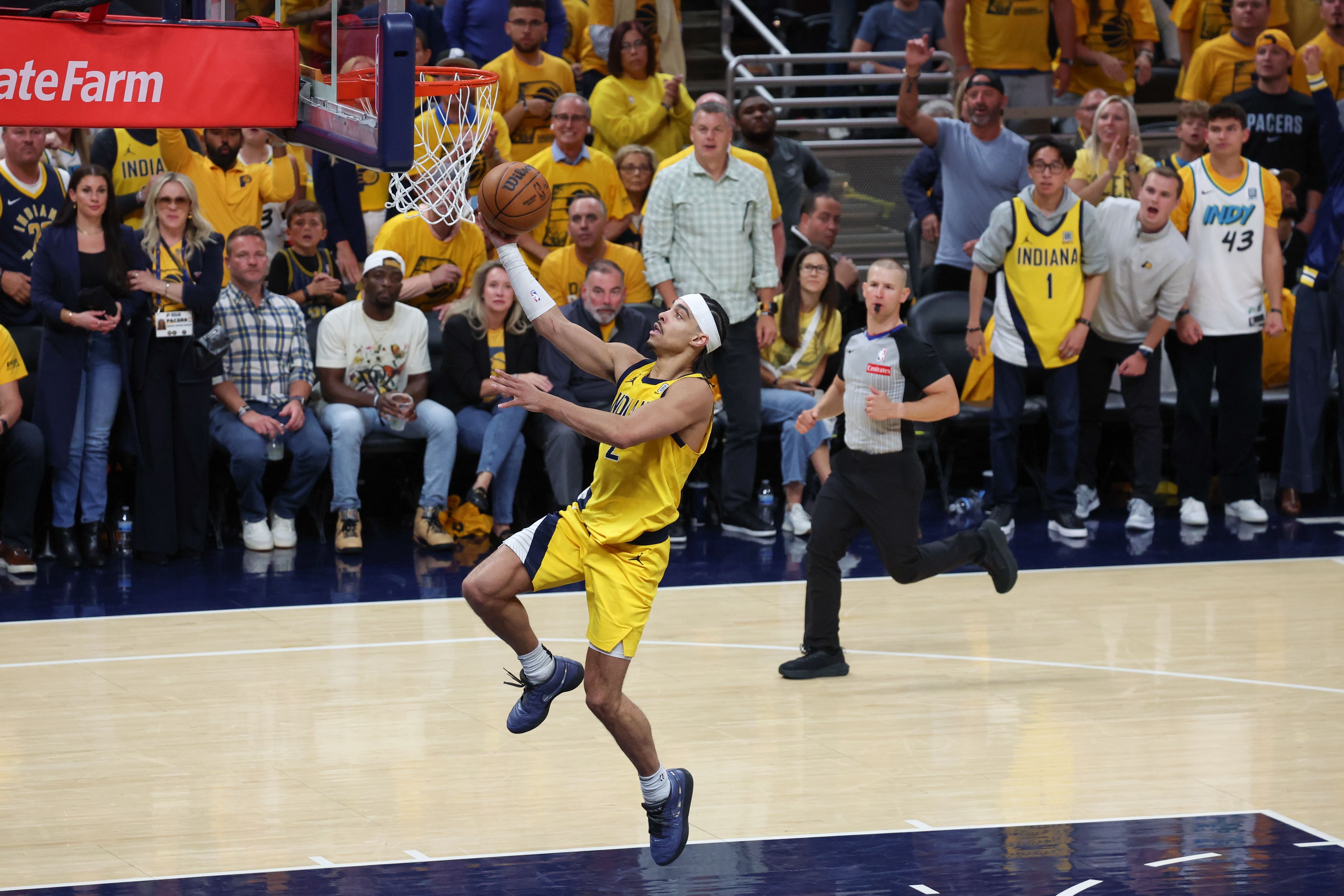
Linear Depth
Supporting the Pacers' second-place offensive efficiency (117.7 points per 100 leg) is their extremely fast pace of playoffs and the depth of the lineup that allows them to continue to attack in a huge four-quarter game. The Pacers use nine-man rotation, and usually have a tenth man to get sporadic appearances, allowing them to keep sprinting, cutting and finding open spaces in an offensive system that reads the game and then reacts.
The Thunder also uses nine-man rotation and occasionally allocate sporadic playing time to other players - this allows them to invest the maximum defensive energy to push their way from defense to offense. By creating chaos and forcing opponents to make mistakes, the Thunder ignited their conversion offense – averaging 25.3 points per game this season, second only to the Pacers’ 25.8 points per game.
The depth of the lineup is part of the Thunder and Pacers' game strategy, and is also part of their 82-game regular season strategy. With the aging of the core roster - Curry is 37, while Butler and Green are 35, the productive roster depth is crucial to helping the Warriors cope with the 2025-26 season.
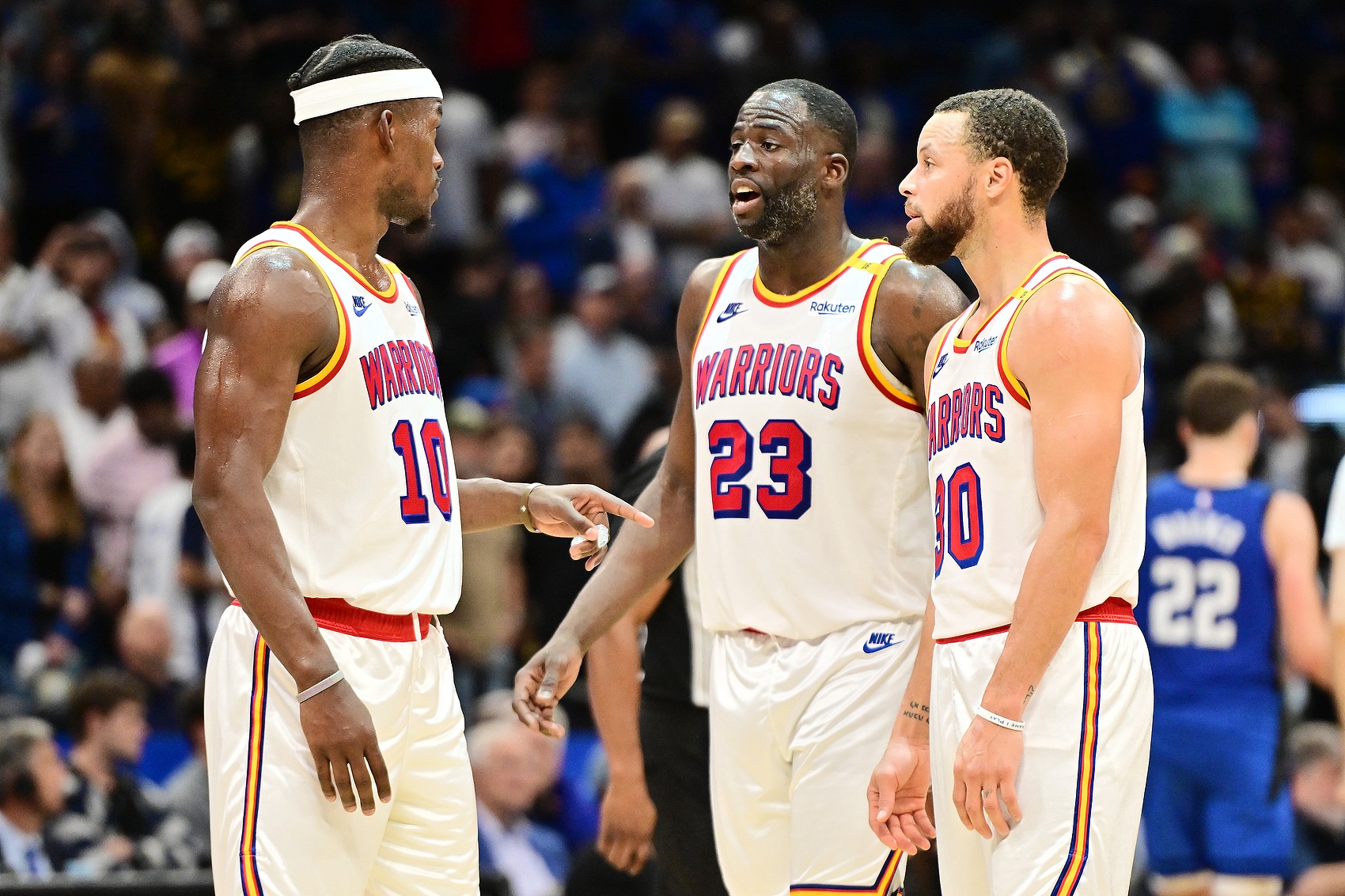
Younger
Alexander is 26 and Halliburton is 25. They lead a group of rotation players in their twenties who are at or are about to enter their respective peaks. Caruso (31) is the only player over 30 in the Thunder’s regular rotation - although Kenridge Williams (30) will also receive sporadic playing time - while Siakam (31) and McConaughey (33) are the only players on the Pacers to match this situation.
The Warriors' core roster Curry, Butler and Green make the team's age structure larger, but their roster is full of players in their twenties - if Jonathan Cumingga re-signs with the team as a restricted free agent, there are Brandin Pojemsky, Moses Moody, Teres Jackson Davis, Quinten Post and Guy Santos - whose growth (not related to any upcoming deal) is crucial to the team's progress.
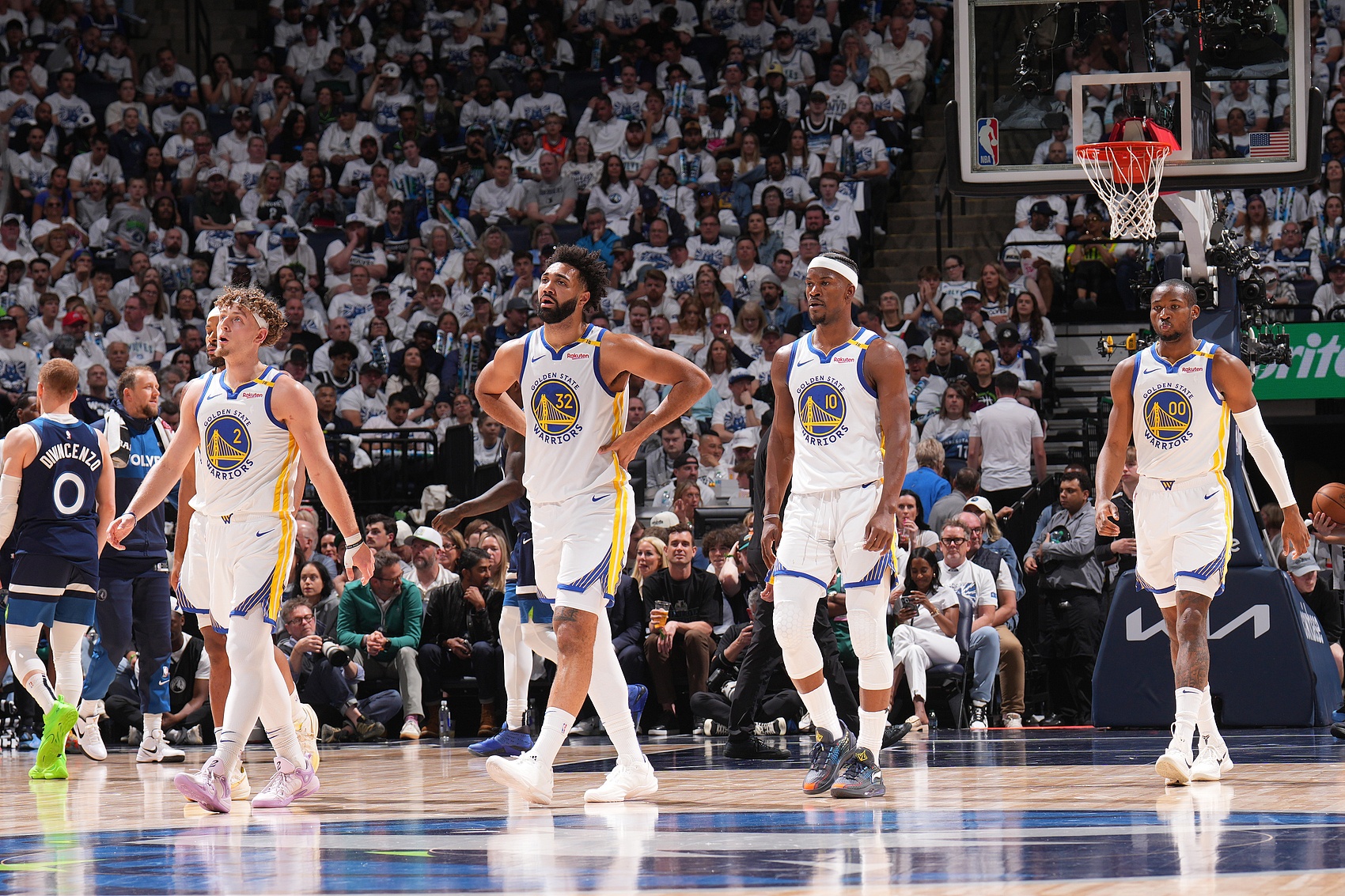
There are not many precedents to lead the team to the NBA championship by three players who are nearly fortunate. Although Curry (obviously), Butler (as the 30th overall pick in the 2011 draft, he grew into a perennial All-Star player, and his performance and achievements improved in his thirties, which is rare among NBA players) and Green (as the 35th overall pick in the 2012 NBA draft, he grew into a historical defender and small ball center) have already broken the precedent many times.
Author: Sam Gordon
Translator: GWayNe


